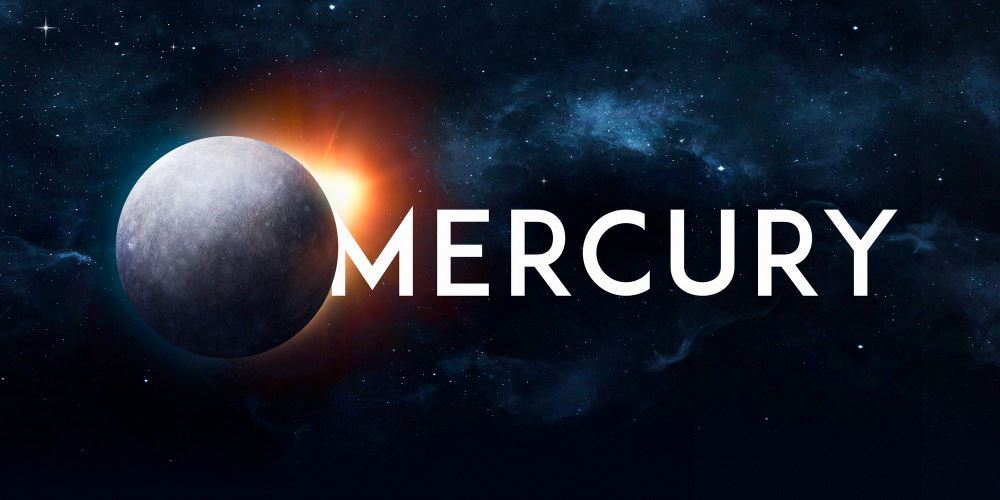Mercury is the smallest planet. It has no moon. The planet is also closest to the Sun.
The surface of Mercury is covered with craters, like Earth’s moon.
The presence of impact craters that are so old means that Mercury hasn’t changed much geologically for billions of years.
With only a trace of an atmosphere, it has no weather to wear down the ancient craters.
Mercury is named after the Roman messenger god.
Mercury was a messenger because he could run extremely fast.
The Greeks gave the planet this name because Mercury appears to move very quickly in its orbit around the Sun.
Mercury orbits the Sun in just 88 Earth days.
Mercury has a very short year (one complete revolution around the sun), but it also has very long days.
Mercury rotates slowly on its axis, turning exactly three times for every two times it orbits the Sun.
This combination of rotation and orbital motion results in a solar day (noon to noon) on Mercury that is two Mercury years long.
Mercury is very close to the Sun, so it can get very hot.
Mercury also has virtually no atmosphere.
As the planet rotates very slowly, the temperature varies tremendously.
In direct sunlight, the surface can be as hot as 427°C (801°F).
On the dark side, the surface can be as cold as –183°C (–297°F)!
The coldest temperatures may be on the insides of craters.
Most of Mercury is extremely dry. Scientists think that there may be a small amount of water, in the form of ice, at the planet's poles.
The poles never receive direct sunlight.

Text Source: Earth Science Book